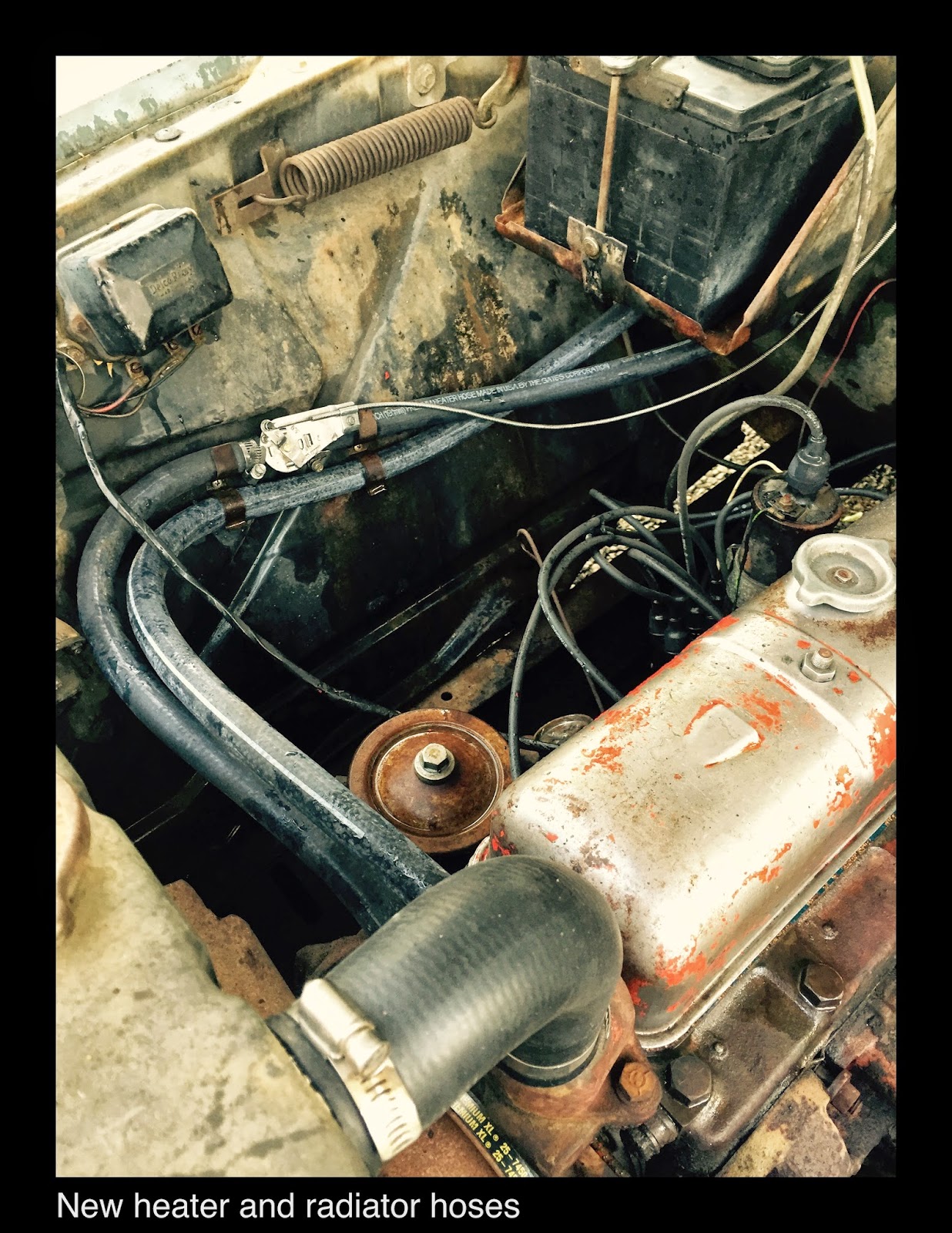Of course I did some research and tried to learn about vinyl plastisol. Basically I wanted to "re-soften" the seat. I eventually went to my local auto part store and looked for something that would do the job.
I ended up selecting Meguiar's Ultimate Black Plastic Restorer.


Honestly I was doubtful that this would do the trick but it was worth a try. I spent about 30 minutes rubbing in the liquid with a soft cloth twice. The first immediate result was shiny vinyl. Then over the next few weeks I really noticed the "softness" of the seat.
So far my only complaint is that the seat has become slippery. In fact if I take a fast hard right while driving I can "slide" my wife over to me, that part is not a complaint but a great dating move!
I suspect that over time the slippery part will lessen. Overall the product did what it advertised and I am pleased.
Update November 2020: The seat is no longer slippery like before and has not shown any additional wear. I will probably reapply again this winter.












